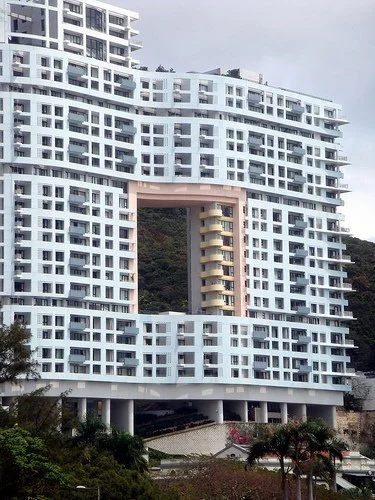Feng Shui: The Invisible Force Shaping Business in Hong Kong
Hong Kong, a city where glass towers meet green hills and the Victoria Harbour reflects a skyline like no other, there’s more at play than just architecture and ambition. Beneath the city’s modern facade runs an ancient current of belief, Feng Shui, shaping not only how Hong Kong looks, but also how it does business.
Feng Shui, meaning “wind and water,” is the traditional Chinese practice of harmonizing humans with their surroundings. While it might sound mystical to some, in Hong Kong it’s taken seriously by corporations, developers, and entrepreneurs alike. The practice is seen as a way to balance energy, or qi, to attract prosperity, improve decision-making, and promote wellbeing.
Walk through Central or Tsim Sha Tsui, and you can see its influence everywhere. Entire buildings have been designed with Feng Shui principles in mind. The HSBC Main Building, for instance, was constructed with its entrance facing Victoria Harbour to capture positive energy from the water, while the open plaza below allows energy to flow freely through the site. Nearby, the Bank of China Tower’s sharp angles once sparked concern for emitting negative energy toward its neighbours, prompting other firms to make adjustments, including installing symbolic features to deflect harmful qi. Even skyscrapers have been built with large circular openings called “dragon gates”, allowing dragons to travel unimpeded from the mountains to the sea, carrying good fortune with them.
This attention to balance and flow extends well beyond architecture. Many local and international companies in Hong Kong consult Feng Shui masters when designing offices or selecting new premises. Decisions about the placement of desks, doors, and even water fountains are made with careful consideration of energy movement. The idea is simple: when qi flows smoothly, so does creativity, productivity, and business success. Desks are often positioned diagonally from entrances, and clutter is avoided to maintain clarity of thought. Colours are chosen strategically, blue, for example, symbolises dependability and is often favoured by banks and financial firms. But Feng Shui is not just about attracting wealth; it’s about harmony. A well-balanced workspace is believed to enhance employee wellbeing and collaboration. In a city where the pace is relentless and office space limited, creating an environment that feels calm, balanced, and energised can make a tangible difference in how people work and interact.
Corporate decision-making, too, is sometimes guided by Feng Shui thinking. Some Hong Kong executives see it as a management tool, a way to align people and space toward a shared purpose. While Western business frameworks might emphasise efficiency or hierarchy, Feng Shui adds a layer of mindfulness to how energy, people, and ideas move through an organisation.
For foreign companies operating in Hong Kong, understanding this cultural dimension is more than just a courtesy, it’s a sign of respect. It demonstrates awareness of local business culture and can even strengthen partnerships. Whether selecting a new office location, designing an event space, or simply rearranging a meeting room, sensitivity to Feng Shui can foster positive connections and show that your organisation values local traditions.
At its heart, Feng Shui is about balance. Balance between old and new, people and place, ambition and harmony. That philosophy resonates deeply with Hong Kong itself, a city where East meets West in constant motion. For organisations like SwedCham, which champion openness, innovation, and care, embracing the spirit of Feng Shui is not just about tradition, it’s about understanding what makes Hong Kong’s business culture so unique, and how harmony can, quite literally, become good business.

